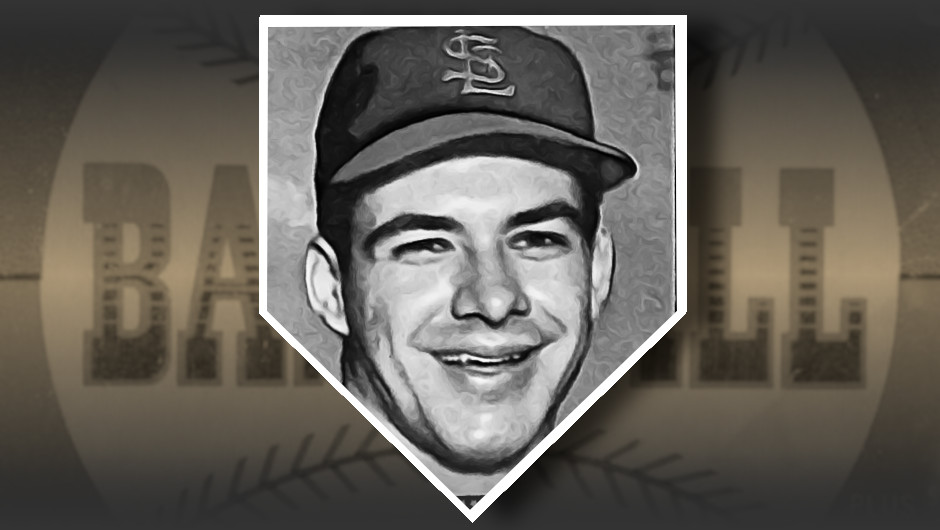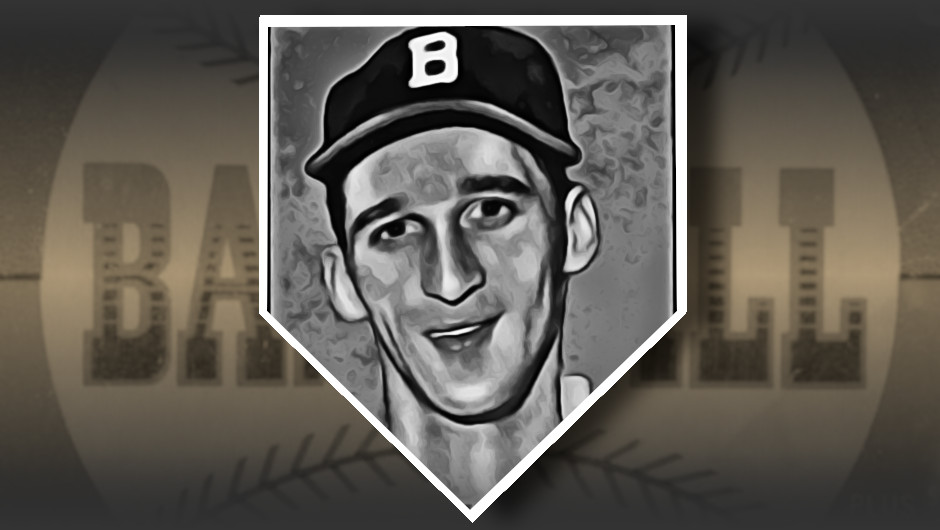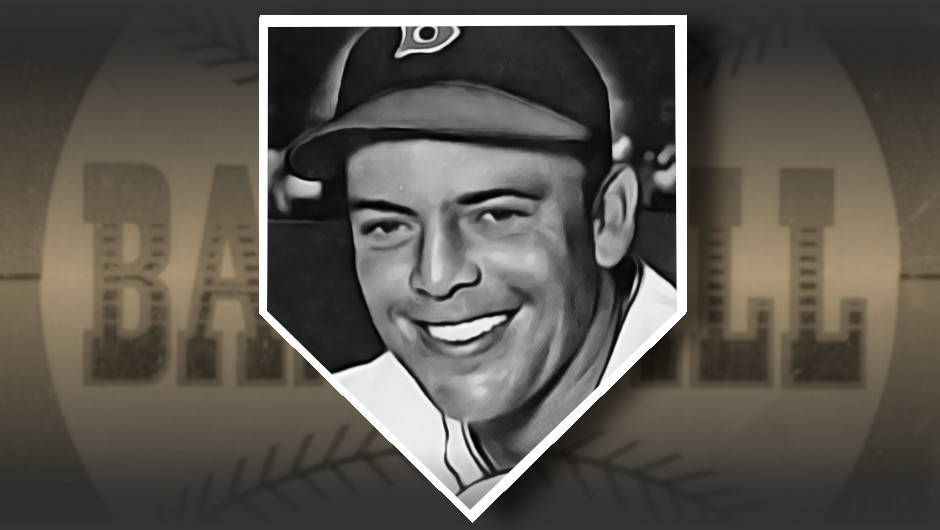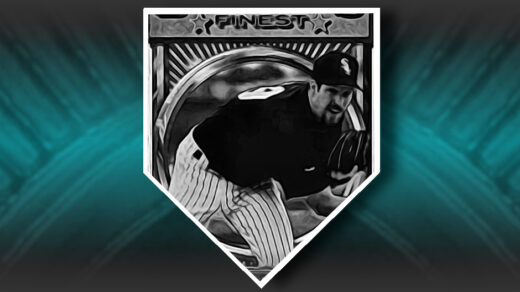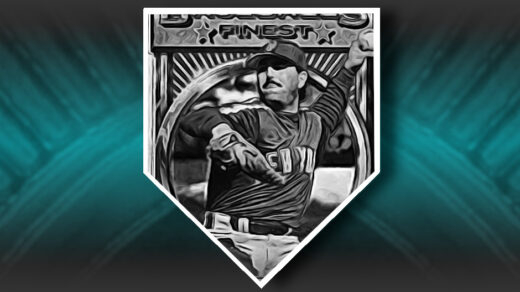Junior Stephens is part of the top 10% of players appearing in the 1952 Topps baseball card set. He’s not just a tertiary part of the ranking but is firmly embedded as one of the top position players in the population. He averaged 4.6 WAR per 162 games over the course of his career, an output identical to Joe Mauer and within a tenth of a point of fellow Red Sox stars Manny Ramirez and Carl Yastrzemski.
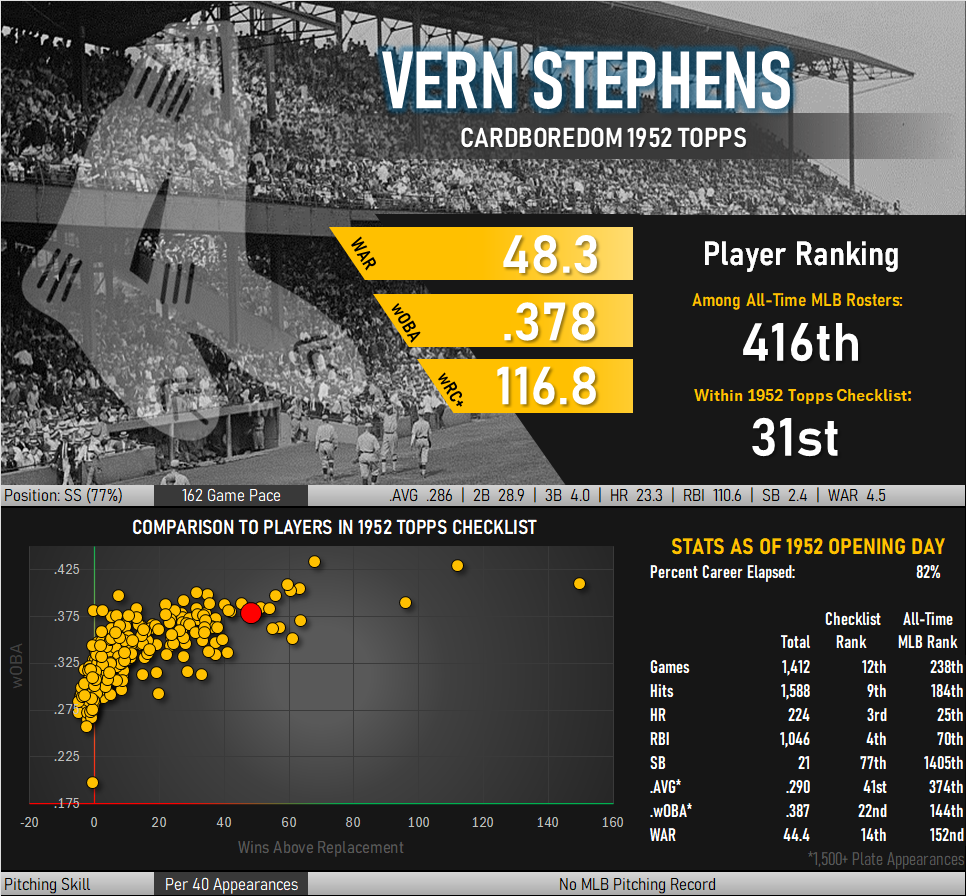
This was all done while playing the defensively demanding position of shortstop. Stephens wasn’t just a good bat filling in an available infield spot. He was objectively one of the better defensive shortstops of his era.
Until this time shortstops had been almost universally speedy, light-hitting guys who could quickly grab a ground ball and spin towards the appropriate base to start a double play. Stephens turned this on its head, still taking care of defensive obligations with ease as he anchored the cleanup spot in the batting order. Imagine being forced to pitch to Ted Williams because you were scared to face the shortstop batting after him.
He hit 214 of his career 247 homeruns as a shortstop, a tally that put in first place in all time shortstop HRs when he retired in 1955 (currently 8th all time). Ernie Banks, Cal Ripken, and Alex Rodriguez have since made a power-hitting SS something more than anomaly, but in 1952 this was truly something special to behold.
He probably doesn’t get as much attention as his numbers suggest because he played a relatively short time (1941-1955) and isn’t in the Hall of Fame. A knee injury ended his dominance at age 30 and his final years were seen as a bit of a disappointment. Regardless, Hall voters sent the less impressive Phil Rizzuto and Lou Boudreau to Cooperstown but never gave a single vote to Stephens. He will be eligible for another look from an Eras Committee in 2025.
My 1952 Stephens Card

Topps issued the 1952 set in several series of 50-97 cards. The second series (#81-130) appears to be the easiest to find, an observation that holds up well against the distribution of cards I have collected so far. Topps had surprised Bowman with the success of its first series and was pressing its advantage with the second release. These 50 cards include probably the most talented group of players in the eyes of kids buying packs in 1952. Lots of guys who hit their stride in the late 1940s are crammed into this small checklist, including Bob Feller, Johnny Mize, and Junior Stephens. Finding these cards was a treat as it would take years for 1952’s rookie crop to differentiate itself.
I don’t mind bad centering in a low-grade set such as this. This one is about 95/5 from left to right, but the back somehow is even more miscut. Traces of the next card on the sheet (#83 Billy Johnson) can be seen at the top in the form of part of the “Topps Baseball” logo.
I spent $5.37 for this card, including sales tax and shipping costs. That’s amazing for an intact card of such a player. The centering is lopsided, but there are no writing, creases, stains, or registration issues. Looking at all the higher-ranked players appearing in the set, I can say with confidence that I am unlikely to find a better player at a lower cost.


